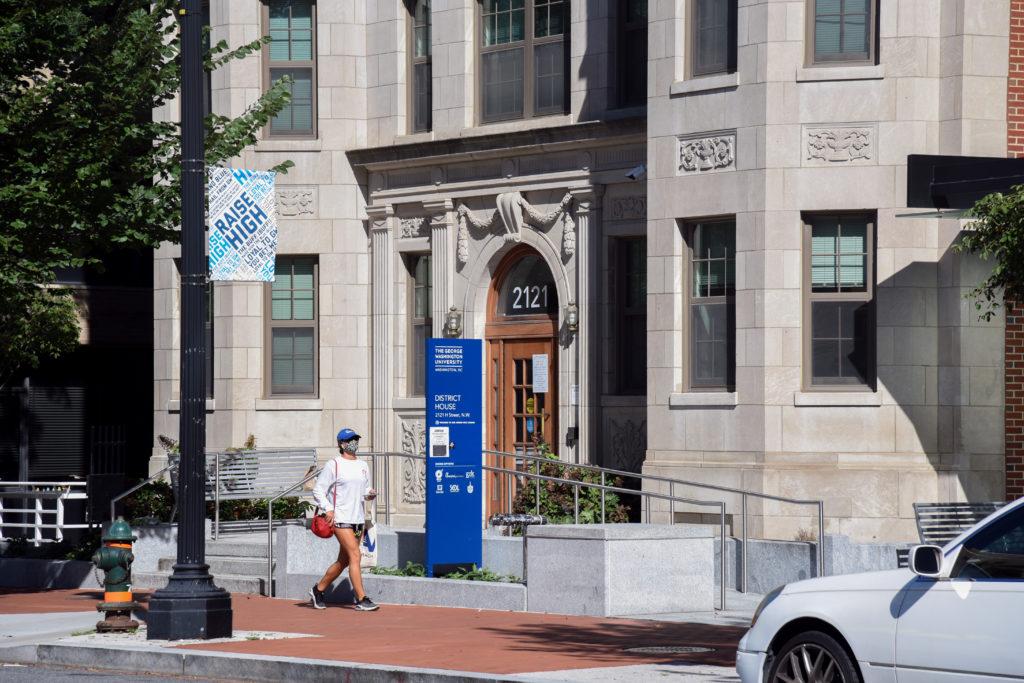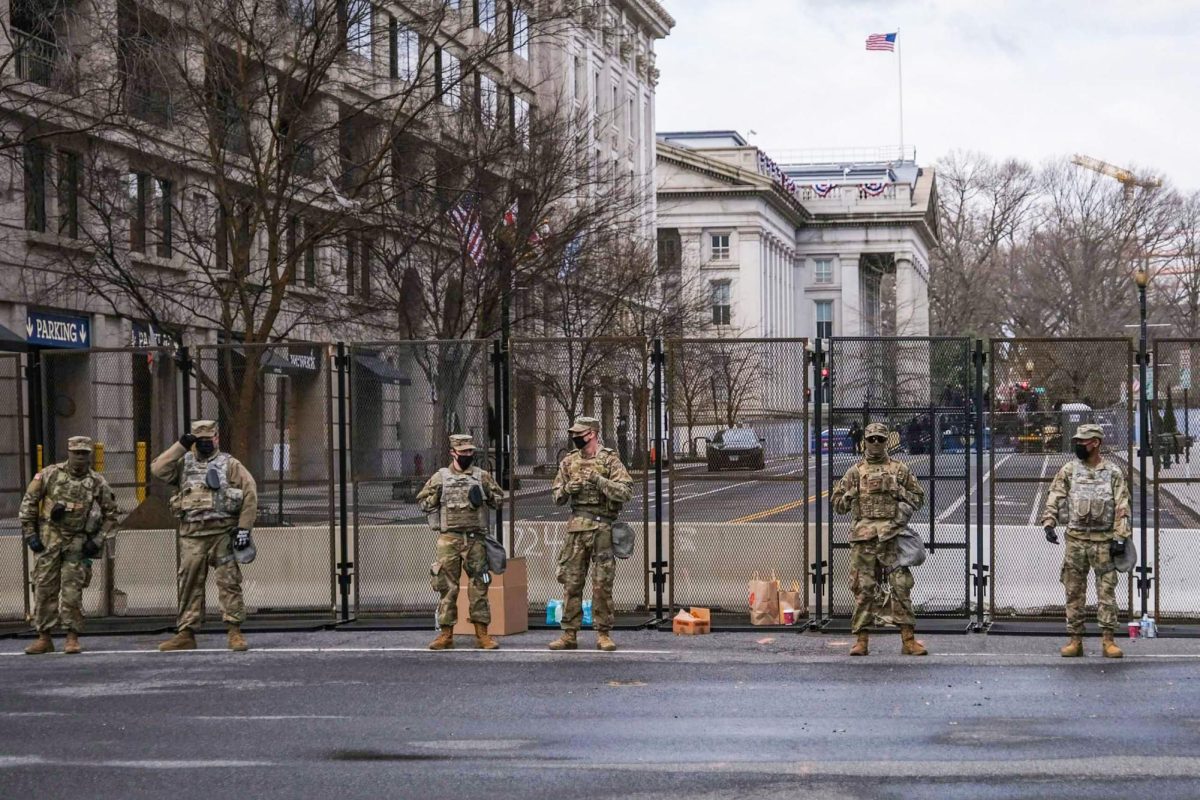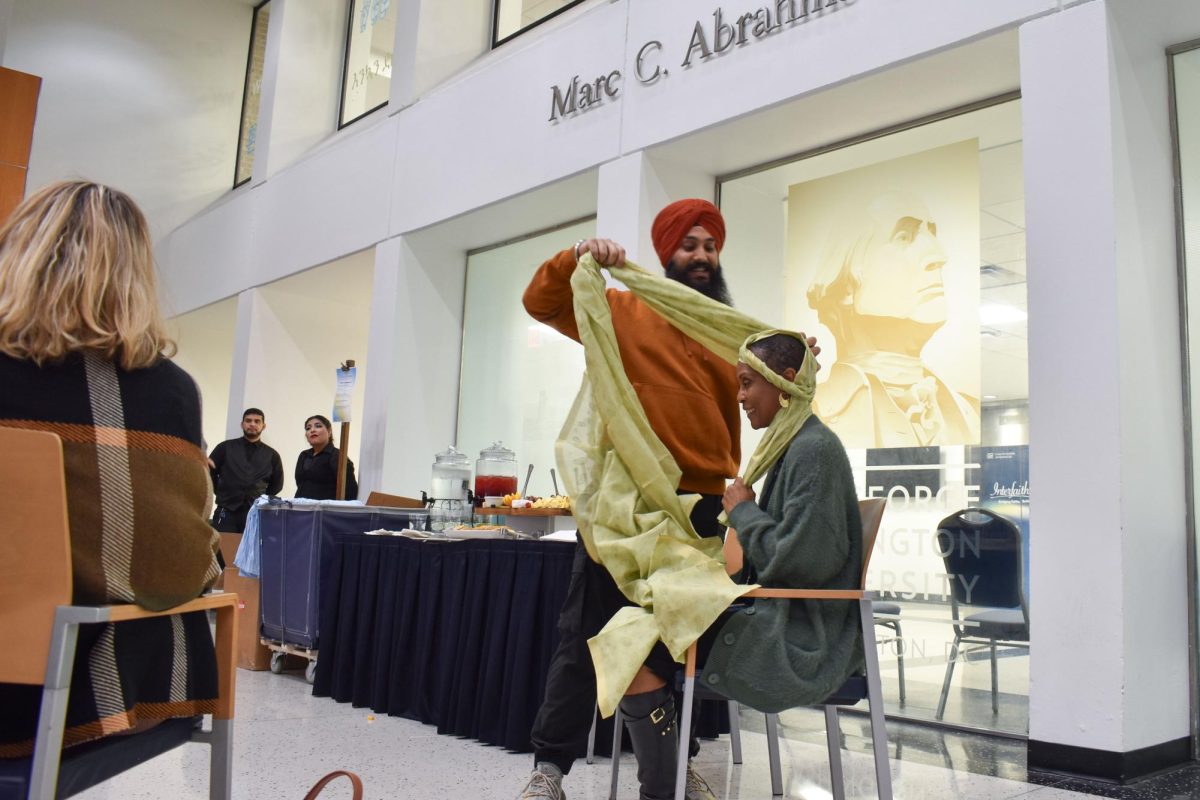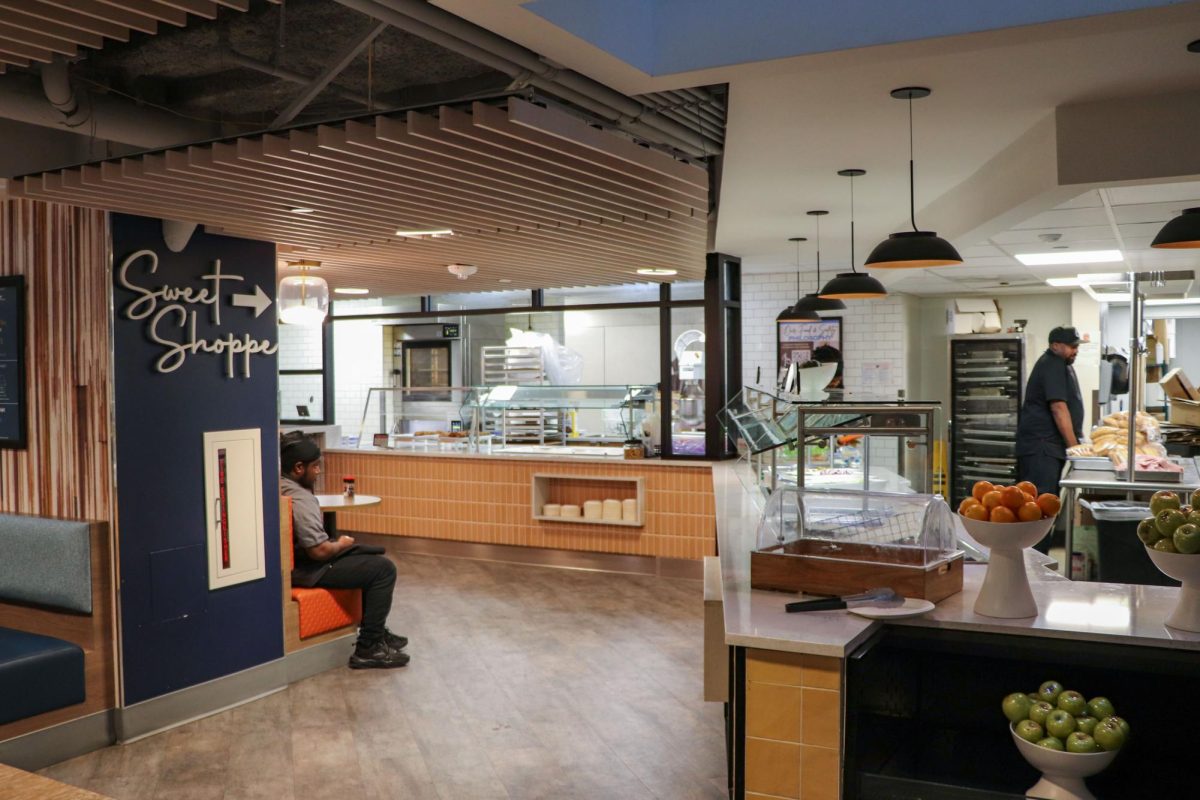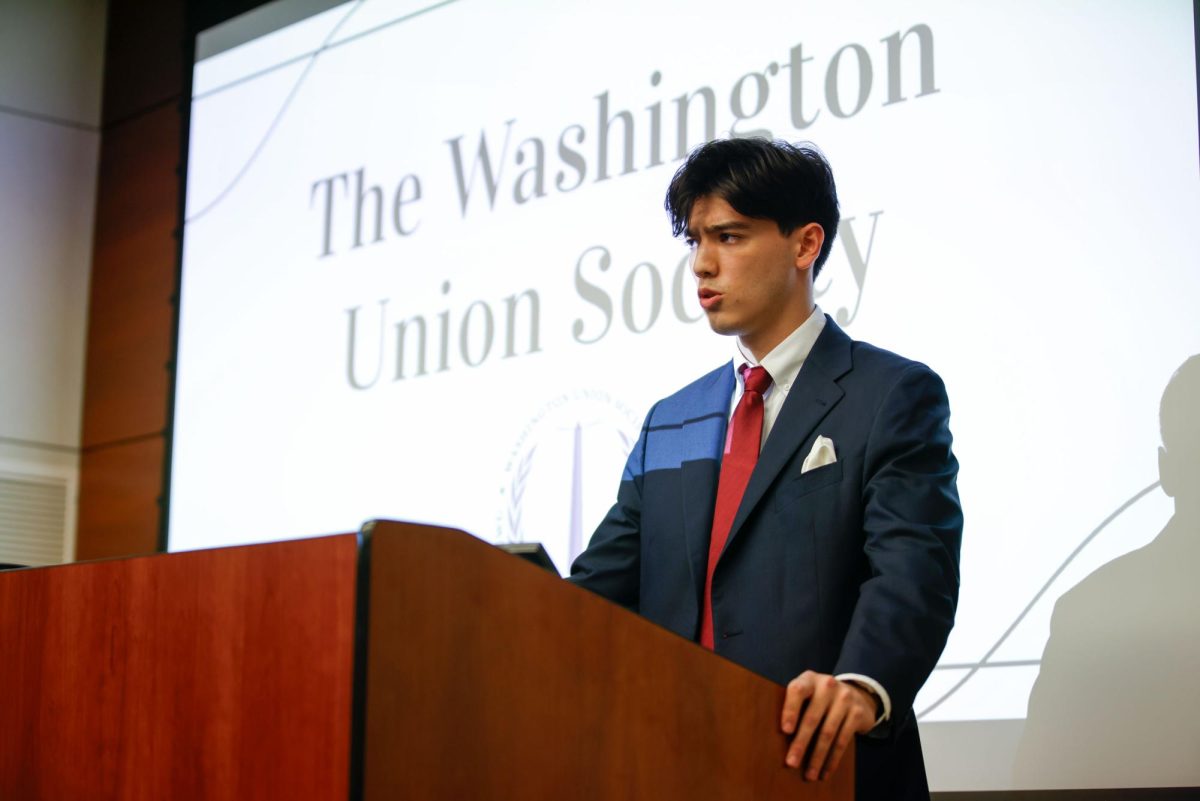As most students ready for an entire semester online, officials granted on-campus housing this fall to a few hundred students seeking space to work and study away from unfavorable home environments.
Assistant Dean of Students Seth Weinshel said about 500 students have moved into District House and Shenkman and South halls after receiving special approval from officials to return to campus. Weinshel said officials approved on-campus living assignments for international students, students living in unsafe conditions, students who can’t complete online learning from home and those who must be on campus to complete research, art projects, clinical programs or activities that are “facility-specific or D.C.-resource-related.”
Weinshel said students moved in between Aug. 17 and Aug. 27 to minimize congestion near residence halls. Students were given three-hour move-in periods throughout each day and could arrive at their halls at either 8 a.m., 11 a.m., 2 p.m. or 5 p.m., he said.
“Our move-in process has been different this year,” Weinshel said in an email. “Keeping social distancing in mind, we implemented several new guidelines and procedures during our fall move-in.”
Officials announced earlier this month that building access will be closed to all students, faculty and staff not approved to live on campus during the fall semester.
A few international students faced flight delays, so officials needed to adjust plans for their arrival, Weinshel said. He said students living on campus will have their own bedroom and will share a bathroom with no more than one other person.
Students returning to campus this fall said they wanted to distance themselves from adverse home situations that made studying difficult.
Sofia Bletnitsky, a sophomore from Las Vegas, said she moved into District House on Aug. 17 and is living alone in a two-person unit. She said other students in the building live in pairs in four-person units that hold two bedrooms, a common room and a bathroom.
Bletnitsky said she requested on-campus housing in late July, and officials responded more than a week later in early August. She said housing officials didn’t respond to her request until she asked the head of the University Honors Program to contact the department for her.
Following University approval, Bletnitsky said the move-in process was “streamlined,” but she said the first day of move-in saw about 20 students plus family members who had to wait in line on I Street almost halfway to the end of the block near Lafayette Hall. She said she and her dad waited 10 to 15 minutes in the line before loading her belongings into blue moving carts and moving in.
About 15 to 20 people live on the same floor as her, but none of them moved in at the same time she did, Bletnitsky said.
Bletnitsky said officials require returning students to receive weekly testing for COVID-19 at the Smith Center, after which they learn their results after 24 to 48 hours. She said she was the only student at the center when she received her test earlier this month, which came back negative for the virus.
She said that since moving in, each student has been linked to a “point of contact,” an official who responds to general questions or concerns when students are isolating. Bletnitsky’s point of contact responded to one of her questions via email about COVID-19 testing in just two minutes, she said.
“Basically, if you have any concerns about really anything, you can contact this person,” she said.
With weekly tests and orders to wear masks outside rooms at all times, Bletnitsky said she is confident in maintaining health and safety on campus. She added that she’s able to focus better on campus and is working to find a work-study job for the fall.
“It makes me extremely happy just because even though I’ve had to quarantine for a while, the weekly testing and all of that, I no longer feel extremely isolated,” she said.
Sophomore Danielle Villardi said she also moved into District House on Aug. 17 in hopes of finding a job on campus that would better support her parents, who are considered at “high risk” for infection and have been unemployed during the pandemic. Villardi said her family has recently been unable to pay Internet expenses, but finding a job would alleviate some financial struggles.
“Because my parents are high risk, I was forced to bring back all my belongings by myself,” Villardi said in an email. “Of course this was difficult – however, in terms of how GW handled move-in, I found it to be quite a safe and effective system.”
Villardi said she hasn’t seen any students living on her floor, and the people she has come close to have worn masks and kept their distance. She said she feels more comfortable being back on campus than she first expected after seeing students in the area following public health guidelines to limit the spread of COVID-19.
“Because the students on campus are here because of special circumstances, I feel as though each of us feel a personal responsibility to ensure that we stay on campus,” Villardi said.


